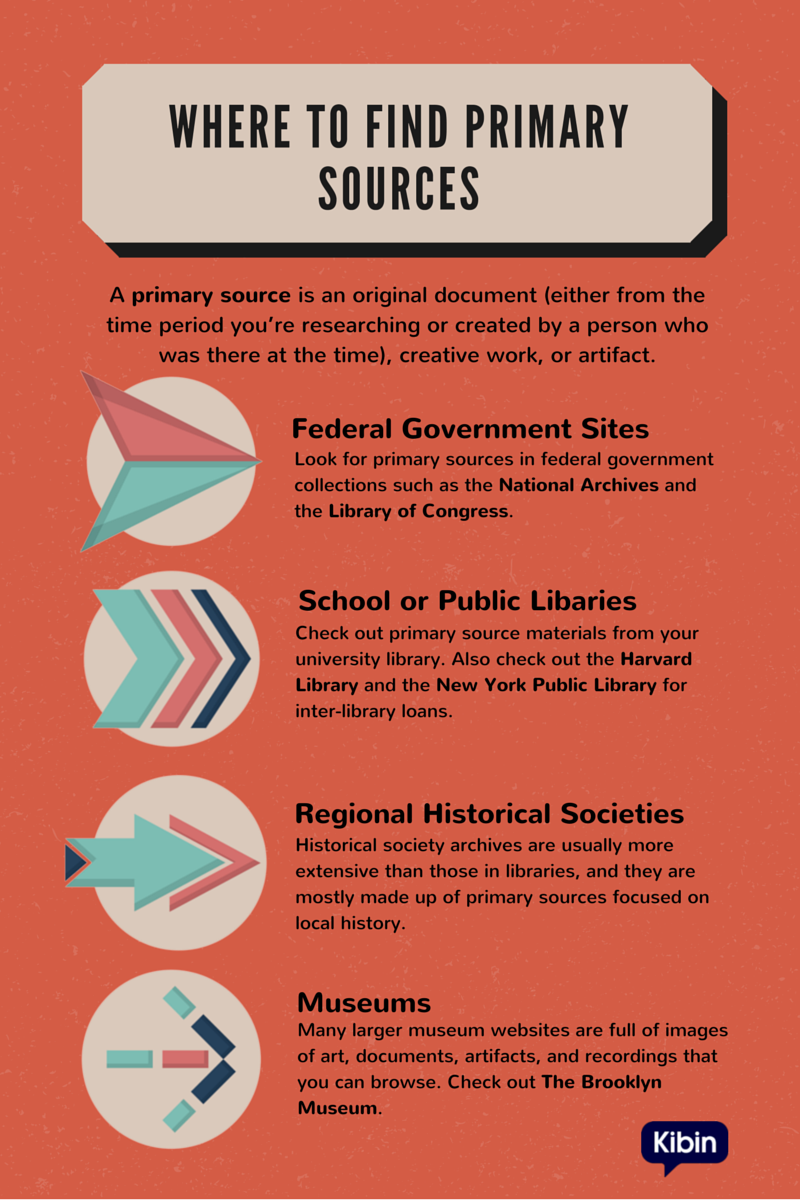History is usually taught in the most boring way possible. You read your textbooks, try to memorize important names and dates, and take a few tests along the way.
You’ve gotten used to this routine. But now your instructor wants to shake things up by having you write a history essay. Now you’re lost. You don’t even know where to start.
No worries! I’m here to tell you all about how to find primary sources for your history essay.
Primary sources are not only one of the best ways to prove the arguments in your history essay, but they can also make history so much more exciting than just sticking to that (yawn) textbook.
And to prove it, I’m going to use some examples from one of the most exciting times in U.S. History–The Roaring Twenties!
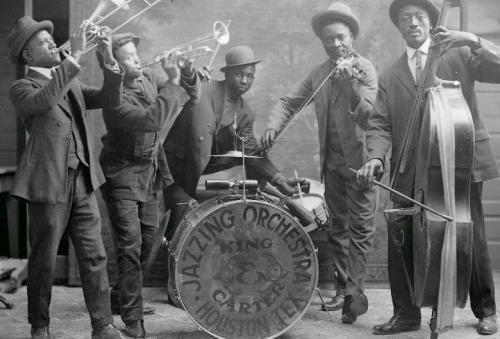
But First… What Is a Primary Source?
There are (typically) two types of sources you’ll come across in your research–primary and secondary sources.
A primary source is an original document (either from the time period you’re researching or created by a person who was there at the time), creative work, or artifact. To make more sense of this definition, let’s break it down.
1. Original documents from the time period you’re researching can include speeches, letters, manuscripts, photos, newspapers, and news film footage. Original documents can also be recorded after the time period you are researching by a person who was there. These can include interviews, autobiographies, and memoirs.
Original documents from the 1920s could include newspaper articles and photographs (there are plenty).
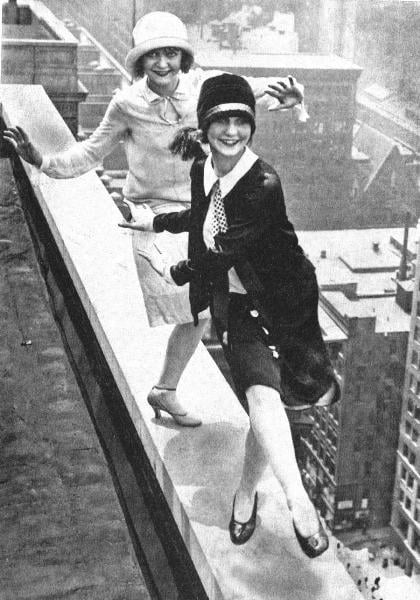
2. Creative works include songs, plays, works of literature, and film. Usually these will be created in or around the time period you’re studying.
Creative works from 1920s America are plentiful.
Popular novels we still read today such as The Great Gatsby or All Quiet on the Western Front show different aspects of people’s lives and values during that time.
Music was changing and black jazz musicians were finally getting recorded. Their lyrics and frantic style mirrored the fast-paced style of places like New York and Chicago.
3. Advertisements, are a type of creative work that was plentiful in the 1920s–though that may not be true for the era you are covering–and can be found all over the internet. Ads are a favorite primary source of mine.
The 1920s were a time of consumerism, so there are ads showing everything from cigarettes to skincare products.
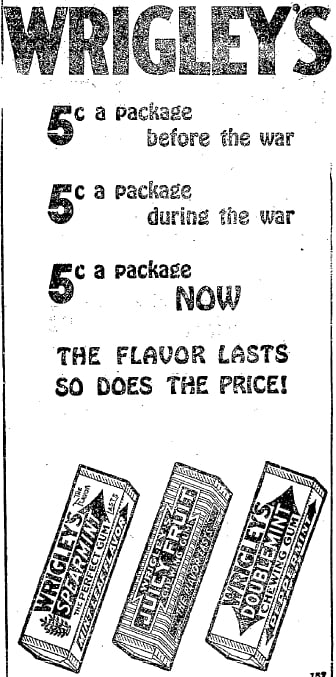
4. Artifacts are physical items from the time period in question including pottery, jewelry, weapons, tools, furniture, clothing, architecture, and machinery.
Artifacts from the 1920s are fairly easy to find because the time period was less than 100 years ago. The Henry Ford Museum in Detroit is a must-see for 1920s artifacts–from cars to clothing.
Going in person to see the artifacts is preferable, but if a museum day is out of the question for you, many museums have pictures of their collections online.
What Is a Secondary Source?
A secondary source, on the other hand, interprets primary sources, taking several different primary sources and analyzing them to make their own arguments. These can include the textbooks you know so well by now, biographies, documentaries, and magazine articles.
By their nature, secondary sources are written after an event takes place. This can be anywhere from five years to five hundred years (or more). Reviewing secondary sources is important in your essay-writing process because it lets you know what other scholars are saying about your topic.
There is a third type of source known as a tertiary source, which is basically an interpretation of a secondary source, such as a book review. But for the purposes of your essay, you’ll probably only be concerned with primary and secondary sources.
Why You Need Primary Sources
Primary sources are the foundation of historical arguments! And since you are going to make some historical arguments in your history essay, you need primary sources.
The main reason why primary sources are so important is because they allow you to see the thoughts and actions of the people you’re writing about.
If you use nothing but secondary sources, you’re taking other people’s word for it. And you don’t want to do that. You want to have solid evidence for your claims.
How to Find Primary Sources
Now that you know generally what you’re looking for, we’ll get into the important part–how to find primary sources.
The internet has made this incredibly easy, but because it’s only been popular for a couple of decades, technology has not caught up to the amount of documentation that needs to be digitized. So it would still be helpful to actually go to some of the places listed below if you have the ability to do so. You can still wear your sweatpants to most of these places if you must.
School or Public Library
One of the first places you should look into is your school or local public library. You can probably find the databases online, but you may need to go there yourself to check anything out.
Libraries are not just for checking out books. Often they contain microfilm of old newspapers, reference materials, and some videos available to watch there or check out.
You can even look at the websites of libraries that are not near you. Many times university libraries work together, and you can order materials from one university to be loaned out to one you attend.
Check out the Harvard Library and the New York Public Library as examples. These are both huge with many resources–including primary sources. The downside is that you don’t have a librarian there to help, so finding what you need may take a little more time.
Many libraries also have archives. The archives will probably be limited to mostly local items, but if your history essay is about something that happened in your own area, this shouldn’t be a problem.
Regional Historical Societies
Speaking of local history, another awesome place to find primary sources is at a local or regional historical society. Their archives are usually more extensive than those in libraries, and they are mostly made up of primary sources focused on local history.
If your history essay is about something not local, librarians and archivists should be able to point you in the right direction.
Federal Government Sites
One thing that the government has been working on has been the digitization of records, documents, and collections in the National Archives and the Library of Congress. You can access these websites for a wealth of information, all from the comfort of your own home.
And because they’re national websites, they’ll have primary sources relating to greater numbers of subjects.
Museums
One last place you can visit, either online or in person, is a museum (or several). These have primary sources right on display for you to see. If you go in person, make sure that, if it’s allowed, you take plenty of pictures. If not, take plenty of notes!
Many museums are embracing technology, especially the larger ones. This means that their websites are potentially full of images of art, documents, artifacts, and recordings that you can browse through.
The Brooklyn Museum is helpful to my Roaring ‘20s topic, for example, because it has a whole exhibit on the era. I just typed “museum exhibits about the 1920s” into Google and made sure that the results I was looking at were from actual museums.
A Note on How to Find Primary Sources Using Websites
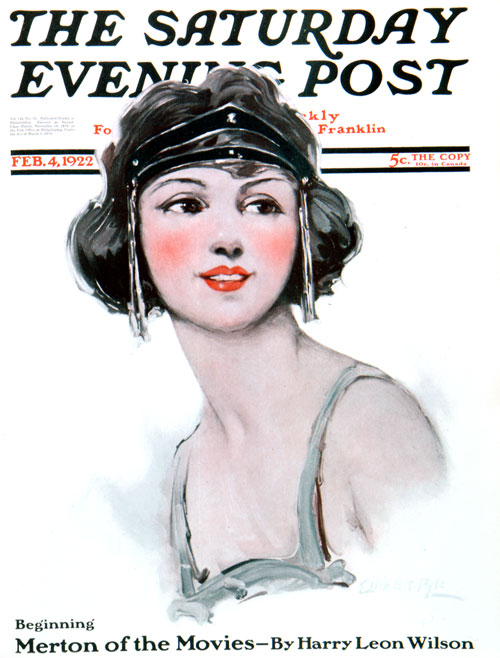
It is possible to do most, if not all, your research on the internet. However, a simple Google search is going to give you a lot of websites that may not be so legitimate.
You want legitimate websites!
Look for sites ending in .edu, .org, or .gov. This will help ensure that you are getting your information from a school, library, government site, or government-run museum.
For more information on credible sources read: How to Apply the CRAAP Test to Your Essay Sources.
Also for newspaper articles only, search the archives section of the big name papers like the New York Times or the Chicago Tribune. They’ll usually have digital copies of newspapers from the turn of the century and before.
Once you have enough primary sources, go wild! You have all these sources from the past right at your fingertips. They’ll help you connect with history in ways that textbooks just can’t.
Furthermore, primary sources will help you prove your argument because you can interpret them directly. Use the secondary sources to help your reader see that the scholars agree with you–or you can use the primary sources to disprove what other scholars say.
If you’re having trouble incorporating primary sources into your essay, or you’re just not sure if your arguments are strong enough, you can always turn to the Kibin editors. They’ll help revise your history essay into a masterpiece.
Happy writing!
